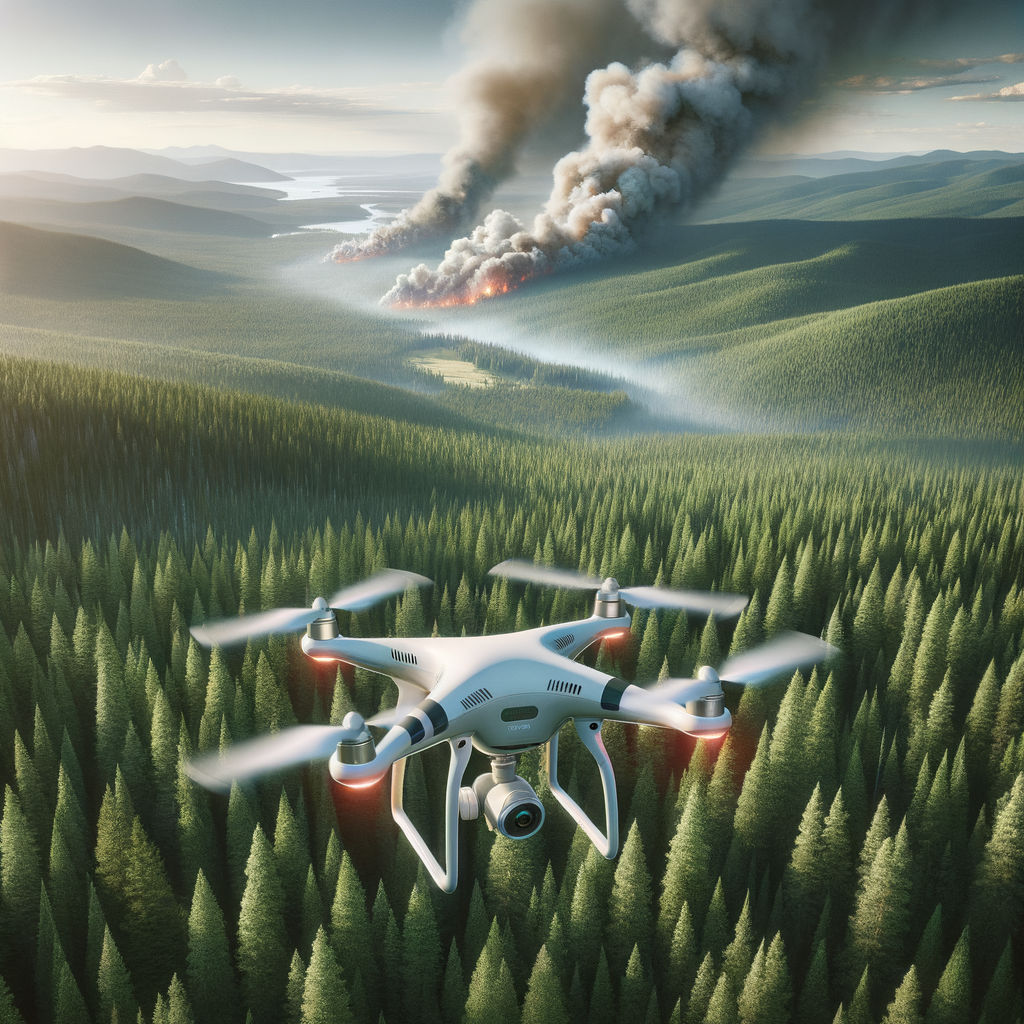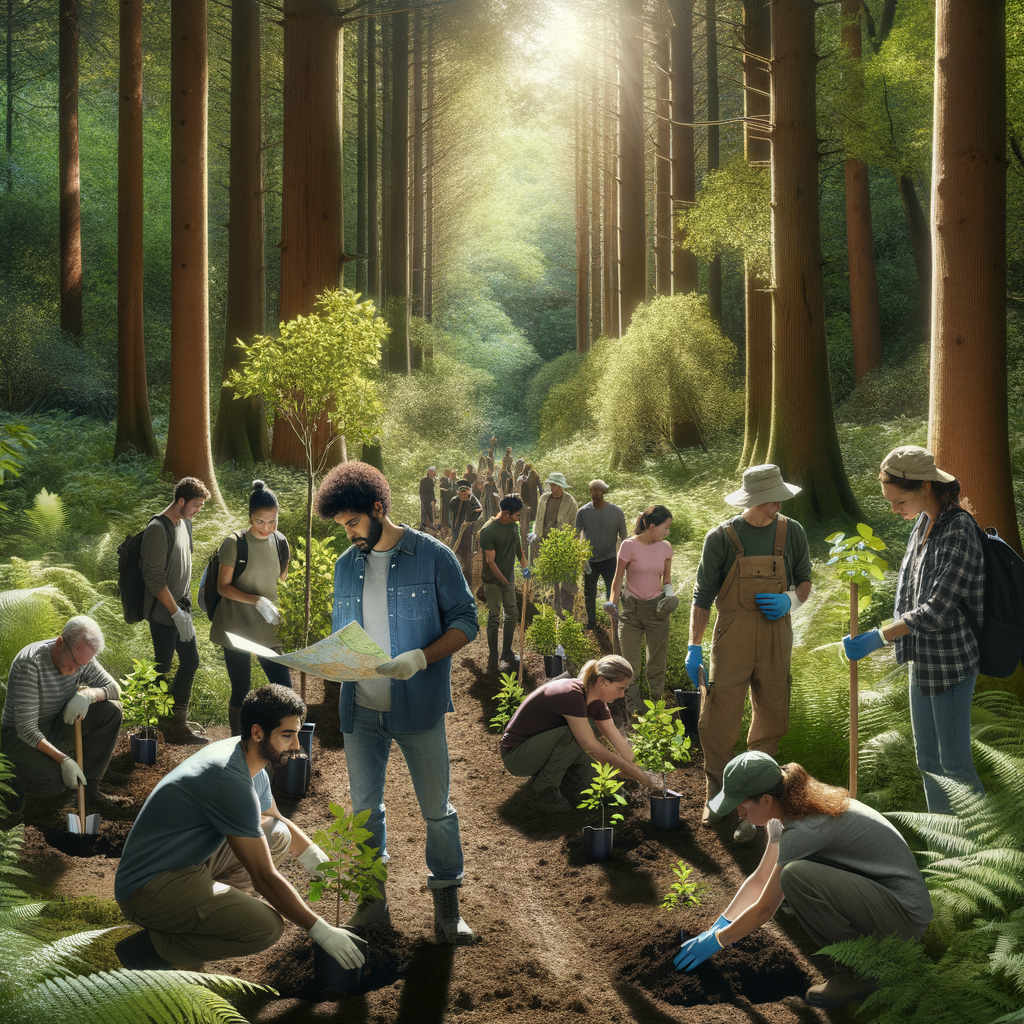Drone Surveillance For Early Fire Detection Insights for July
Whenever I hear about a forest fire, a tight knot forms in my stomach. These fires burn more than just trees. They destroy ecosystems, harm wildlife, and threaten entire communities. Over the years, I’ve realized how critical early fire detection is—and drone surveillance has become a game-changer in this fight. Today, I want to share insights about how drones help spot fires early and why this matters—especially as we head into July, one of the most fire-prone months.
The Growing Threat of Forest Fires in July
July often brings hot, dry conditions that turn forests into tinderboxes. Add in careless human actions or natural lightning strikes, and you have a recipe for disaster. Fires started at this time can quickly spiral out of control. Traditionally, spotting these fires early meant relying on lookout towers or reports from the public—methods that are often too slow or limited.
Why Early Detection Is Crucial
Catching a fire in its infancy can make all the difference between a minor incident and a widespread catastrophe. Early detection means:
- Faster response times
- Limited fire spread
- Reduced damage to forests and wildlife
- Lower risk to nearby communities
Without quick identification, fires gain intensity, throwing smoke and harmful particles into the air, while releasing massive amounts of stored carbon dioxide. The impact is both environmental and human.
How Drone Surveillance Enhances Early Fire Detection
Drones bring a fresh perspective to fire prevention. Here’s what I’ve learned about their powerful role:
1. Real-Time, High-Resolution Monitoring
Equipped with infrared cameras, drones can detect heat signatures invisible to the naked eye—even through thick smoke or at night. This capability allows for continuous patrols over vast, hard-to-reach forest areas, significantly improving early fire spotting.
2. Rapid Deployment and Access to Dangerous Areas
In wildfire-prone zones, drones can be rapidly deployed once fire danger levels rise. Unlike manned aircraft, drones can fly closer to hazardous zones without risking lives. This helps firefighters receive accurate location data quickly.
3. Cost-Effective and Efficient Surveillance
Operating drones costs a fraction of traditional aerial monitoring methods. Plus, drones can fly frequently and relay live video feeds directly to command centers. This constant stream of information enables smarter resource allocation and quicker decision-making.
4. Integration With Predictive Models and Satellite Data
Drones don’t work alone. When combined with satellite images and fire risk models based on weather and vegetation, they form an early warning network. This layered approach maximizes the chances of detecting fires before they grow out of control.
Practical Steps We Can Take to Support Drone Surveillance Efforts
Technology alone won’t stop fires; human action is key. Here are ways I make a difference—and you can too:
- Stay informed about fire danger levels and alerts.
- Report suspicious smoke or fires immediately, providing location details.
- Support local and national agencies investing in drone programs.
- Follow fire safety rules strictly to reduce accidental fires.
Looking Ahead: The Future of Drone Surveillance in Forest Fire Prevention
Advancements keep coming. Longer drone flight times, improved sensors, and AI-driven analysis promise even better detection in the future. As these tools evolve, so does our ability to protect forests, wildlife, and communities with proactive, real-time responses.
Final Thoughts
Drone surveillance offers a powerful edge in the fight against forest fires, especially during high-risk months like July. Early detection saves lives, ecosystems, and resources. I’m excited to see how continued innovation and community engagement will shape a safer, healthier future for our forests.
Each small effort, combined with cutting-edge technology, moves us closer to preventing devastating wildfires. Let’s stay vigilant and support these tools that help us protect the Earth’s cherished green spaces.
Do you have experiences with drone surveillance in wildfire prevention or tips for staying safe during fire season? Share your thoughts in the comments below. Together, we can build a community dedicated to preserving our forests for generations ahead.




